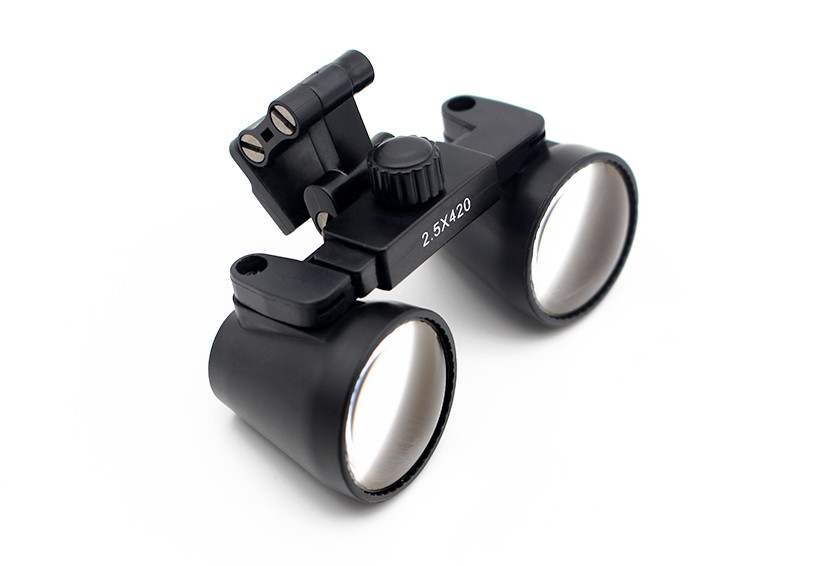How To Correctly Measure Head Tilt Angle And Schultz Dental Loupes Declination Angle
Ergonomics play a vital role in achieving and keeping a pain-free dental career. That is more and more dentists, hygienists, and other dental professionals are willing to invest a considerable amount in purchasing various dental tools, devices, and instruments that can help them stay in neutral and healthy posture while working.
Because dental professionals are looking for ergonomically designed products, dental loupes companies advertise and claim that their products possess such feature. However, not all companies claiming that their dental optical loupes are the most ergonomically designed products available in the market automatically mean that they are telling the truth. Some companies may be telling the truth and some may be saying this just to attract more customers. So, how can you be sure that the dental magnification loupes you will choose are really designed with ergonomics in mind?

Aside from the primary factors like the magnification power, depth of field, working distance, interpupillary distance, and field of view, it is also important that you look close into the declination angle of the Schultz loupes.
According to most loupes companies, those loupe products with large or steeper declination angles provide more ergonomic benefits. That is, the steeper the declination angle is, the lesser the clinician needs to tilt his head downward. But many clinicians are still experiencing serious musculoskeletal pain especially on the upper back, shoulder, and neck areas despite using optical loupes with large declination angle. Why is this so?
Well, the closest answer to this question is due to an error in measuring the declination angle. But how should the declination angle be measured? Dental loupes manufacturers have different ways of measuring declination angle that is why loupe products provide a varying angle of declination despite having the 20 degrees label.
The right way of measuring the declination angle
Just like interpupillary distance, declination angle is likewise subjective. It has to be measured based on the facial references of the user to be considered effective. In order to get the right declination angle, you need to wear the loupes yourself.
The most effective way of taking the angle is to use the right reference line. To do this, draw an invisible line as the reference from the top area of the ear to the corner of the eyes. Do not use the frame temple arms as the reference line unless they are parallel to the line that connects the top area of the ear to the corner of the eyes.

Measuring your head tilt
Do not just rely on the loupes' declination angle. Also, try to measure your head tilt angle and make sure you maintain such position while working in order for you to enjoy the ergonomic benefits of your Schultz dental loupes.
One way of measuring your head tilt is to ask someone to take two photos of you from the side while working. For the first photo, sit in an upright and comfortable position with your head straight up. On the second photo, maintain your sitting position but this time tilt your head downward. Compare the two photos to get your head tilt angle. For safety and healthy working posture, always maintain less than 25 degrees head tilt angle.

